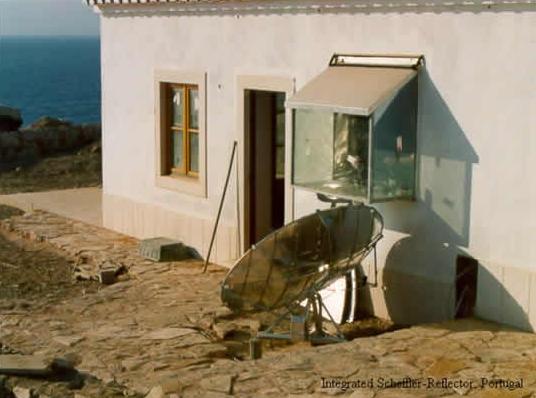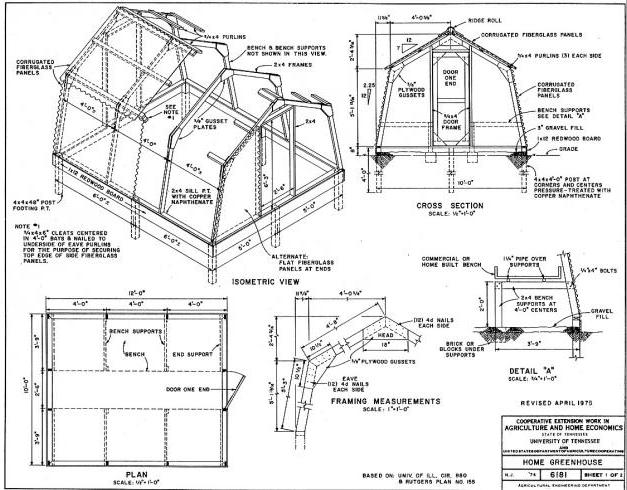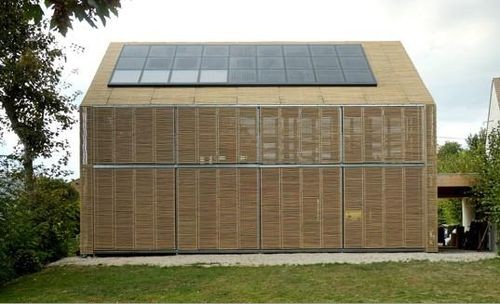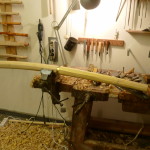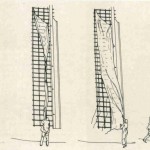Solare Brücke is an organisation that promotes the distribution of solar thermal technology, both in developing countries and in the first world. They offer detailed construction manuals, which can all be downloaded for free.
One example is the Scheffler-Reflector (see the picture on the right): “To make cooking simple and comfortable the cooking-place should not have to be moved, even better: it should be inside the house and the concentrating reflector outside in the sun. The best solution was a eccentric, flexible parabolic reflector which rotates around an axis parallel to earth-axis, synchronous with the sun. Additionally the reflector is adjusted to the seasons by flexing it in a simple way.”
The Scheffler-Reflector can be built in steel or aluminium, and there are additional manuals available for the mechanical tracking system, a stove and a baking oven. There are also plans for a solar tunnel dryer and a smaller solar cooker. Find all manuals at Solare Brücke. Thanks to Eric Blair. Related: The bright future of solar powered factories.
